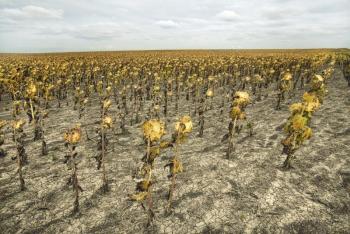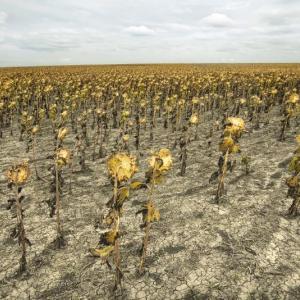Drought conditions worsen across Maine, little precipitation expected
AUGUSTA — Maine’s Drought Task Force met virtually Thursday to discuss the worsening drought conditions across the state.
Since the Task Force met two weeks ago, more than 56% of the State is now under severe drought conditions.
Conditions in parts of Aroostook County have fallen into extreme drought conditions, prompting the Small Business Association to enact a drought declaration.
"Below normal rainfall is expected over the next seven days, which could worsen drought conditions in western and northern Maine," said Tom Hawley of the National Weather Service.
There are currently no mandatory conservation measures, though some are voluntarily conserving. The Center for Disease Control and Prevention, Drinking Water Program (DWP) has received several reports of dry wells.
“With little to no relief in sight, we encourage anyone experiencing a dry well to report it via our Dry Well Survey,” said MEMA Director Peter Rogers.
MEMA launched the Dry Well Survey two weeks ago and has received some feedback of dry wells in Somerset, Waldo and Washington Counties. The reported wells are residential, dug wells. Anyone wishing to complete the survey without internet access can call 2-1-1. Completing the survey does not guarantee any type of assistance but helps the Task Force determine how widespread the problem may be and what resources may be needed.
The U.S. Geological Survey reported that surface water levels are worsening statewide, nearing record low levels during what is already the lowest period of the year, while ground water levels are receding, and slowly worsening.
The USDA Farm Service Agency (FSA) reported a continued impact to most crops across the state, especially in Aroostook County, noting that special FSA Farm Programs have been triggered to assist farmers, ranchers and small businesses as the drought continues. The Small Business Administration also reported a declaration of disaster, prompting the availability for disaster loan assistance.
The Drought Task Force is made up of state, federal and private scientific, agricultural, regulatory, water use and natural resources organizations and assists in monitoring, coordinating, and managing responses to droughts and recommends actions to minimize impacts to public health, safety, the environment and agriculture.
The Task Force will continue to monitor the situation and plans to convene again in two weeks, or sooner, if needed.
Citizens who may be experiencing low water levels in wells are also encouraged to take the following steps:
- Avoid filling wells by a water hauler or fire department. This could contaminate the owner's well because water from an unknown source may contain toxins and water would likely leak out in a short amount of time.
- Check water systems for leaks and fix them. This can also save money for those on public water.
- Ensure you have a full load before running dishwashers and washing machines.
- Space out water usage to avoid a temporary shortage that could damage the pump.
- If using drinking water from an outside source, make sure containers and the water source are clean.
- Use a licensed well driller or pump installer to check water levels in wells for the most accurate assessment and advice and to avoid contamination.
Event Date
Address
United States
























